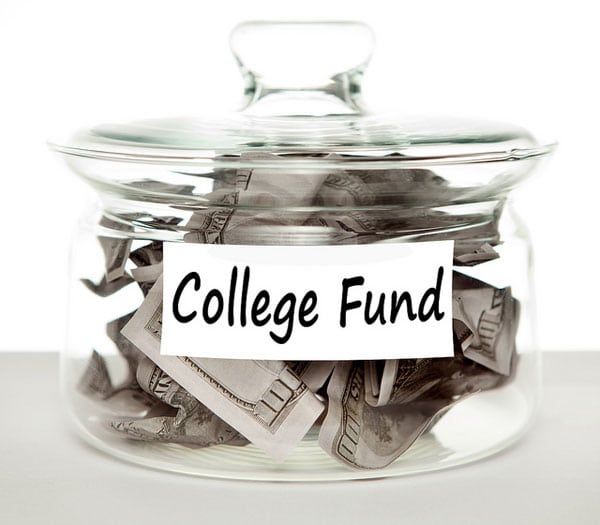
September 12, 2018; Albuquerque Journal
St. John’s College, a private liberal arts college known for its “Great Books” curriculum and with campuses in Santa Fe and Annapolis, is slashing its annual tuition from $52,000 to $35,000 this next school year, with plans to make up the revenue loss through a $300 million fundraising campaign. Almost $200 million has already been committed, including a $50-million matching grant from the family foundation of the Winiarskis, both alumni. This plan to move from a tuition-based to a new “philanthropy-centered model” differs from the tuition resets recently announced by a growing set of higher educational institutions. Those tuition decreases come with a decrease in grants and scholarships. St. John’s plan, however, could represent a new business model for private colleges.
Why has the cost of attending a US college, either public and private, soared so dramatically in the past 40 years? Today, tuition at a private university is about threefold what it was in 1974, and public tuition has grown by nearly four times. Some observers believe that the same factor that makes our healthcare system the most expensive in the developed nation strata—the lack of a central mechanism to control price increases—makes college so costly. Both the health and education sectors rely on fee-for-service instead of pay-for-performance, are labor intensive, have costs that are difficult for consumers to discern, and have powerful institutional and professional interests that resist change.
Sign up for our free newsletters
Subscribe to NPQ's newsletters to have our top stories delivered directly to your inbox.
By signing up, you agree to our privacy policy and terms of use, and to receive messages from NPQ and our partners.
Another way to respond to this question is to compare the US to other developed nations. Americans spent nearly twice as much on college (including the contributions of both families and the government) as the average developed nation. One third of developed countries give their citizens a free ride to college; another third charge less than $2,400 a year. The reason for this differential, say some researchers, lies in how much American colleges spend on personnel—not on college sports, fancy dorms, meal plans, or health care. Our average annual college costs for staff and faculty come to about $23,000 per student/year, and this is at least twice what Germany, Sweden, and Finland pay for these services. We spend, compared to other countries, a significant amount on nonteaching staff—librarians, counselors, fundraisers, athletic staff, lawyers, admissions officers, and security personnel, for example. Many of these employees have college degrees and thus are paid higher than average salaries.
Finally, researchers who study this question also emphasize that it’s critical to understand the very different forces that drive the cost of a college education as opposed to the prices students and families pay. The cost of providing a college education has remained about the same for the past two decades, but deep budget cuts in state funding for public higher ed and shrinking federal subsidies at private schools have meant that students and their families pay a higher percentage of the cost.
This brings us back to St. John’s. Wealthy schools capture the majority of charitable gifts going to higher ed, with the top 20 fundraising institutions—less than one percent of the nation’s colleges—getting 28.1 percent of all gifts. At the top 20 private wealthiest schools, the median contribution from students is 15 percent; for all private colleges, the median student share is 75 percent. It is laudable that St. John’s is “bucking the ‘prestige pricing’ trend” and making college more affordable for its students, but the philanthropy-centered model will not work for the vast majority of our higher ed institutions.—Debby Warren













